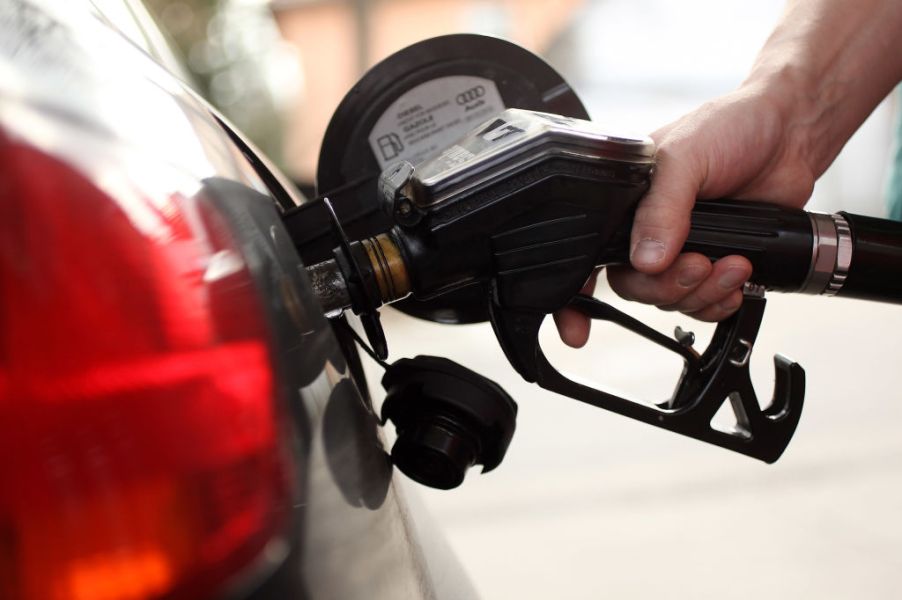
Here Are the States Where You Don’t Have to Pump Your Own Gas
Every single day, tens of millions of Americans pump their own fuel into their vehicles. And while this may seem like the most commonplace activity for the majority of Americans, have you ever wondered what life would be like if you didn’t have to pump your own gas? Or better yet, if pumping your own gas could be a crime?
For people living in two U.S. states, pumping your own fuel could mean breaking the law. So what’s the deal with ultra-rare, self-service bans?
The only two places in the U.S. where you can’t pump your own gas
In 48 of the 50 U.S. states, it’s perfectly acceptable and normal to get out of your vehicle and pump your own gas. In New Jersey and Oregon, however, laws prohibit citizens from doing so. Though Oregon has made recent strides in changing its laws, both states have banned its citizens from pumping their own fuel at gas stations for decades.
In 1949, New Jersey passed the Retail Gasoline Dispensing Safety Act. This law banned the use of fuel stations by consumers. This meant that all vehicles receiving fuel must be serviced from the fuel station itself, and its employees. In 1951, Oregon passed its own version of this law, though each state has faced its own challenges to the law through the years.
In 2018, Oregon changed its fuel-servicing laws to be more lenient. According to Fortune, residents of some rural towns in Oregon are now legally allowed to pump their own gas.
This leniency only applies to counties in Oregon with a population of fewer than 40,000 people. In 15 of those counties, citizens are allowed to serve themselves at any point during the day, while people in the remaining three counties must pump their own fuel between the hours of 6 p.m. and 6 a.m.
New Jersey is currently the only complete state now in the country where it is illegal to pump your own gas. Violators of this New Jersey law can face fines starting between $50-$250 for the first offense, and $500 for preceding offenses. And while Oregon has made small strides, where did these two self-service bans even come from?
What’s with the self-service bans?
Believe it or not, there used to be absolutely no self-service fuel stations in the country. When automobiles were first making their stops for fuel, it was taken care of by a professional.
But a lot has changed in the technology, safety, and design of gas stations since the first automobiles. During those early decades, it was believed that consumers pumping fuel would be unsafe, and according to Infoplease, laws were enacted to ban consumers from pumping their own gas. This was to protect their safety, as well as the owners of fueling stations that would become the victims of costly, and even deadly, accidents.
But since the 1970s, self-service gas stations have become a staple on every street. So why do self-service bans still exist in New Jersey and Oregon?
Why do self-service bans still exist?
The laws in New Jersey and Oregon have undergone criticism for decades. There are some that would argue that repealing the law would cost people tens of thousands of jobs, in addition to the emotional stress associated with never having pumped their own gas before.
As shown by Forbes, the emotional stress appears to be true, as Oregon residents used social media to express their frustration with pumping their own fuel, only weeks after the ban was modified. Others argue that a repeal would mean lower costs at the pump.
But resistance comes in all forms. While some citizens want these laws to disappear, others feel they are necessary. Disabled motorists, for instance, depend on the employees of a full-service station. Established businesses as well, will continue to back these bans since they would face greater competition from rival gas stations if the laws were repealed.


